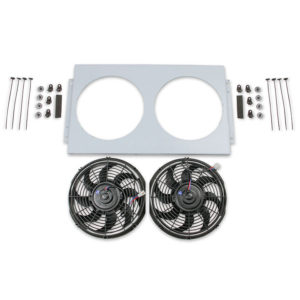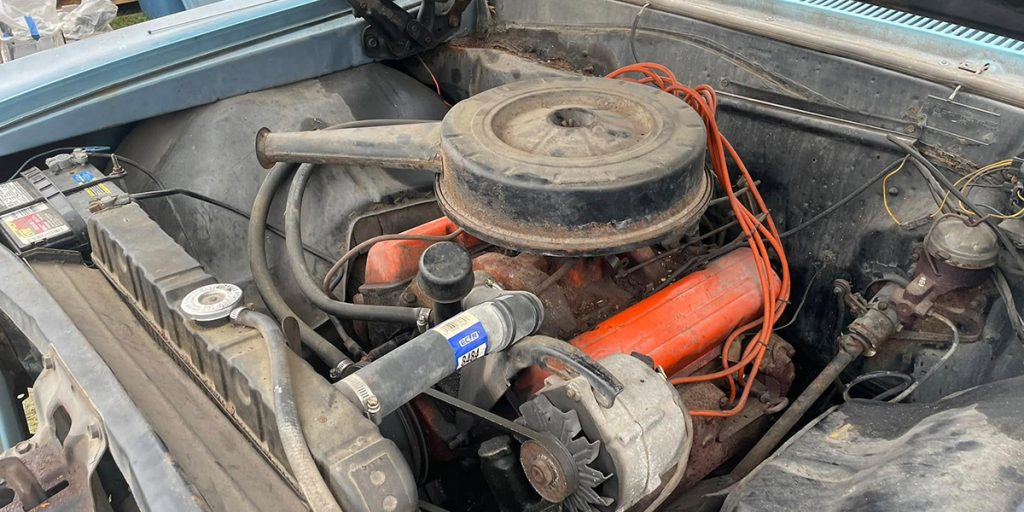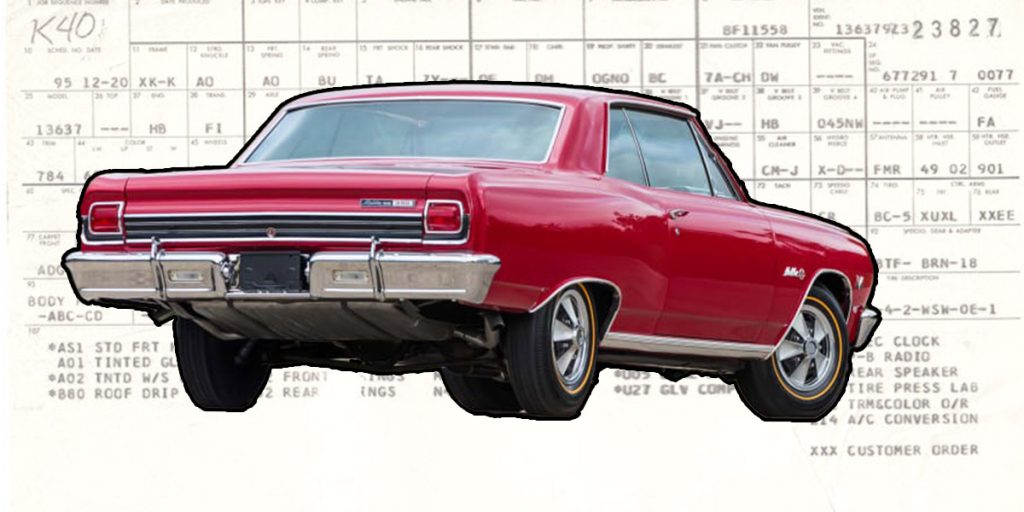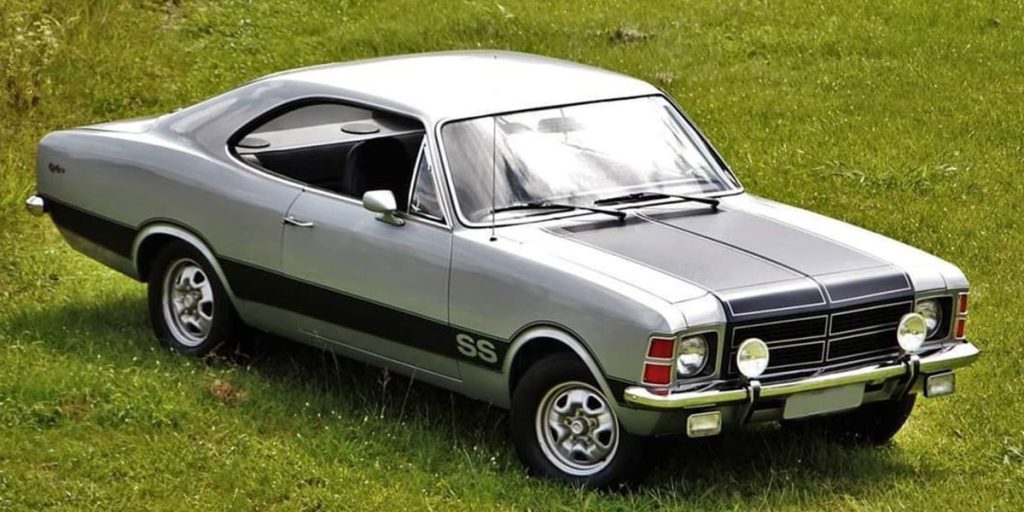Keeping Your Cool With Mechanical and Electric Fans
The goal of any cooling fan is simple: prevent your engine from overheating. The size or efficiency of your radiator doesn’t make any difference if there’s no air flowing through it. A cooling fan does just that, moves air across the cooling fins on the radiator to keep your engine from overheating.
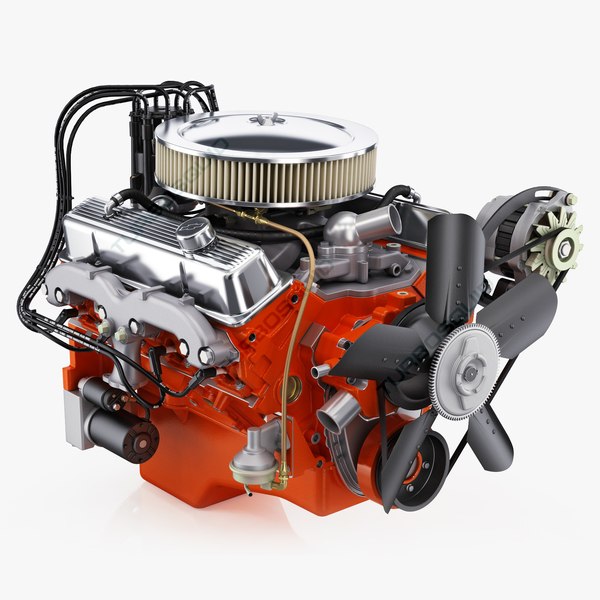
When it comes to cooling, there’s a lot of debate on which setup is better. There are mechanical, electrical, pusher fans, puller fans, shrouds, without shrouds, and whatever else people can come up with. Let’s look at each one and see some of the differences.
Another thing to consider is that the fan is really only good for idle and going up to about 30-40 MPH. After that, the wind blowing through the radiator from driving down the road is going to provide more than enough air to cool down the engine.
Mechanical Cooling Fans
Any mechanical fan is going to be driven off the engine – typically the water pump. These are always in the “puller” position, where they are sucking air through the radiator. There are a few different styles of mechanical fans to consider though.
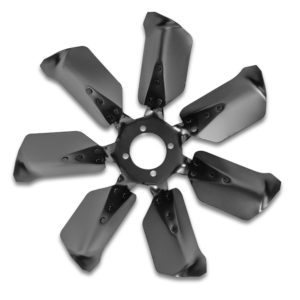
The first is a straight mechanical fan blade bolted to the water pump. This will constantly be spinning if the engine is spinning. The good is that it’s maximum efficiency at idle. The bad part is that the fan is still engaged as the engine RPMs increase along with the MPH. This causes a loss of horsepower and creates more work for the engine. If you’re doing 70MPH down the freeway, you’re still spinning that fan even when it doesn’t need to be engaged.
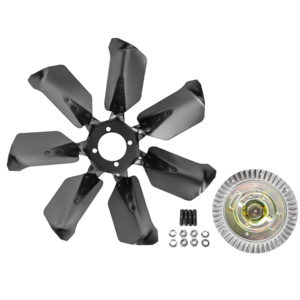
For mechanical fans, the better way is to run a clutch. These are thermal clutches where when they get hot, they engage the fan. This allows them to free spin at higher RPMs or to go down the highway. These fans pull air through the radiator but then spin more freely when cold, saving you horsepower.
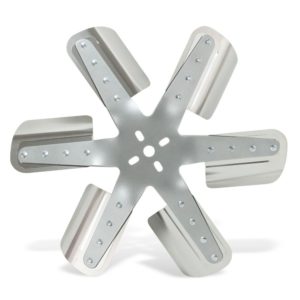
The last version of a mechanical fan is somewhat in between a fixed blade fan and a clutch fan. These are called flex fans. What happens is the fan works like a traditional fixed-blade fan at lower RPMs. However, the blades, the shafts/arms that hold the blades are rigid. During higher RPM the blades will ‘flatten out’ to reduce the drag on the engine.
Electrical Cooling Fans
With an electric cooling fan, they are generally mounted directly to the radiator itself. These can be mounted in either the front or the rear of the radiator. In the rear is a puller style like a mechanical fan; in front is a pusher fan that will push air through the radiator.
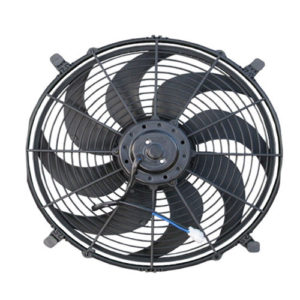
Generally speaking, most people install the fans as puller fans. This allows you to use a fan shroud to get maximum efficiency. Also if the fans are in front, that’s blocking airflow when you’re at highway speeds. Sometimes though, a pusher fan is the only option for cooling due to lack of space.
Mechanical and Electric Fans Need Shrouds!
If you read our article on Choosing The Best Radiator For Your Car, then you’ll see we talk about fan shrouds. These are crucial to have whether you’re using a mechanical or electric fan setup. From the article:
Simply put, you need a shroud. If you have an electric fan just bolted to the radiator, it can only pull air through where it’s mounted. If you have a mechanical fan with no shroud, it’s going to have a hard time pulling the air through the radiator instead of sucking air from the engine side.
A shroud allows the fan or fans to pull air across the entire radiator increasing its efficiency. A fan with no shroud simply won’t handle very much and it’s dangerous as well as the fan is exposed to your fingers that might accidentally touch it.
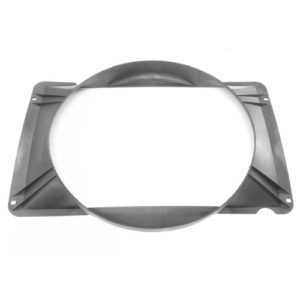
Mechanical Or Electric?
Unfortunately, there’s no clear-cut answer on which one is best. Electric fans free up a few horses with less draw and they generally take up less space. All modern vehicles use electricity and cool without issue.
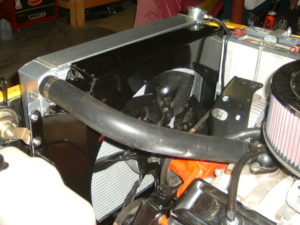
Mechanical clutch fans with a shroud are tried and true and work well also. They cost a few horsepower but you’ll never risk an overheated relay or wiring issues. These tend to take up more space, making it harder to work at times. Without a shroud, they really lose efficiency and aren’t able to suck air through the radiator very well though.
Ultimately, you need to look at the space and style of your project. If you’re going for a more traditional or period-correct style, then a mechanical fan is the way to go. If you have more of a resto-mod style with a modern engine, you might go electrical.
If you need parts to set up your mechanical fan or need an electric fan, hop on SS396.com or give our friendly techs a call at (203) 235-1200!

